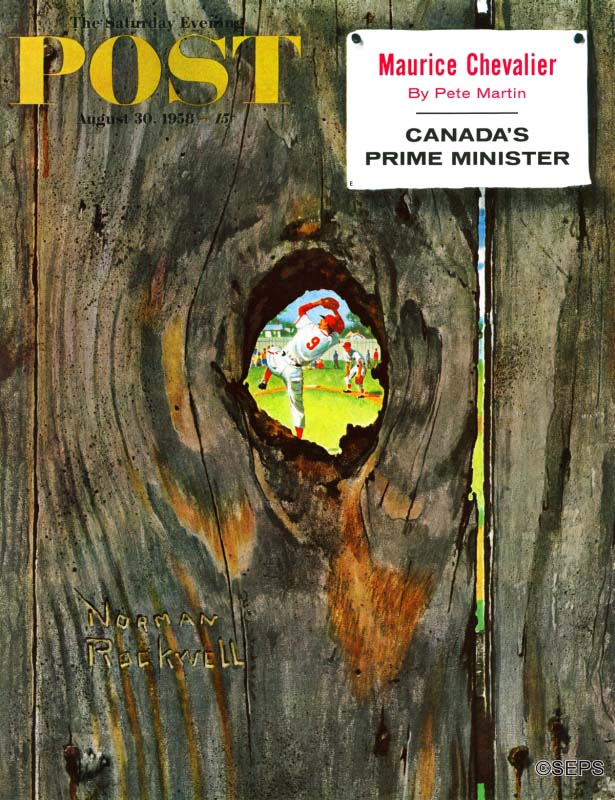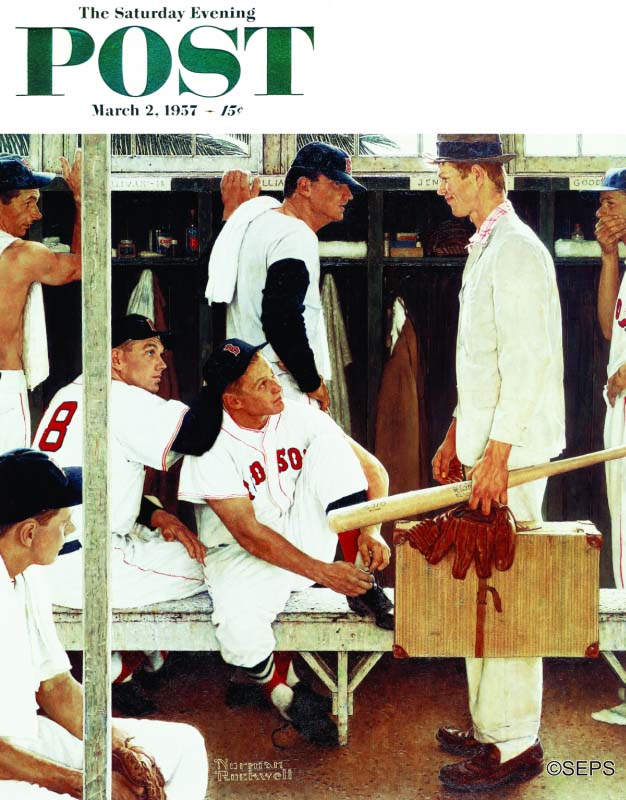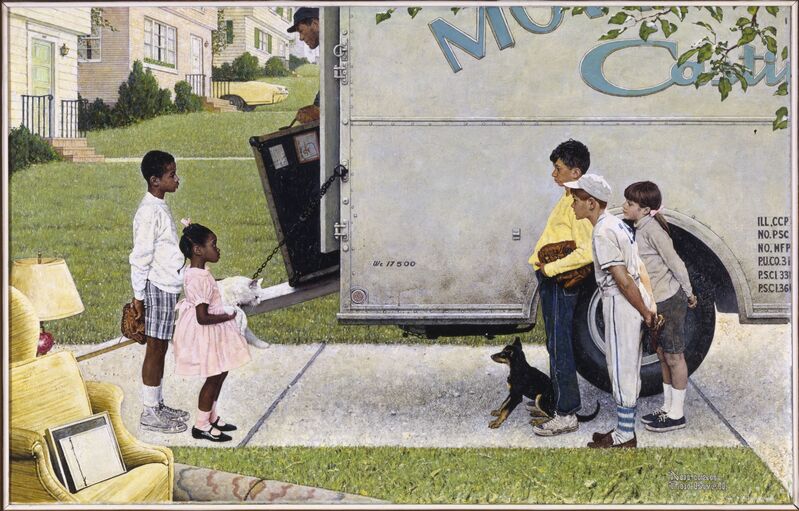Tailgate Featured Artist: Norman Rockwell
Normal Rockwell 1894-1978
Norman Rockwell, a master of storytelling through imagery, captured the essence of baseball in a way that continues to resonate with people across generations. His baseball art serves as a portal to an idyllic era, offering us a glimpse into a simpler time when families would gather on bleachers, enjoying a hot dog and a soda, while cheering for their favourite teams.
Rockwell's paintings invite viewers to relive the excitement of a game, the camaraderie of fans, and the dreams of young players. Rockwell's attention to detail, from the weathered wooden bleachers to the eager faces of spectators, adds warmth and character to his works. From the expressions on faces to the stitching on the baseball, Rockwell captures time's fleeting essence. His work serves as a reminder that while years may pass, the joy and enthusiasm associated with baseball remain eternal. His paintings resonate with a sense of nostalgia, inviting viewers to step into a world of innocence, where the crack of the bat and the cheers of the crowd are forever frozen in time.
Rockwell published more than 300 original covers for The Saturday Evening Post over 47 years, many of which are his best known works.

Knothole Baseball. 1958. Saturday Evening Post.
One of my favourite pieces was the March 2, 1957 cover titled "The Rookie". The piece demonstrates an awkward eagerness of the rookie ballplayer entering the Boston Red Sox clubhouse for the first time. Upon close examination, the viewer can see in the background grizzled veterans Ted Williams and Dom DiMaggio taking in their new teammate.

The Rookie. 1957. The Saturday Evening Post.
As racial segregation declined in America and communities became more integrated in the 1960s, Rockwell explored these narratives through his art. A piece for Look Magazine titled "New Kids in the Neighborhood" demonstrates optimism during the civil rights movement.

New Kids in the Neighborhood. 1967. Look Magazine.
In the piece, the viewer can see a separation of the children but quickly note the children have more in common than differences. Each group of children peer curiously at the other with open body language. Quickly you'll see that in each group of children, baseball is a common connector. Rockwell's storytelling is so well done that it's easy for the viewer to envision that after this initial meeting, we can soon see the children playing baseball together.
For additional interpretation of Rockwell's "New Kids in the Neighborhood", check out this video from the Museum:
To learn more about Norman Rockwell, please check out the Norman Rockwell Museum.
References:
Norman Rockwell Museum (n.d.). Norman Rockwell in the age of the Civil Rights Movement. Google Cultural Institute. Retrieved August 5, 2023, from https://artsandculture.google.com/story/ZgWxOs7llcWMIg?hl=fr
(n.d.). Baseball. Saturday Evening Post. Retrieved August 5, 2023, from https://www.saturdayeveningpost.com/collections/baseball/
(n.d.). NORMAN ROCKWELL: A BRIEF BIOGRAPHY. Norman Rockwell Museum. Retrieved August 5, 2023, from https://www.nrm.org/about/about-2/about-norman-rockwell/


